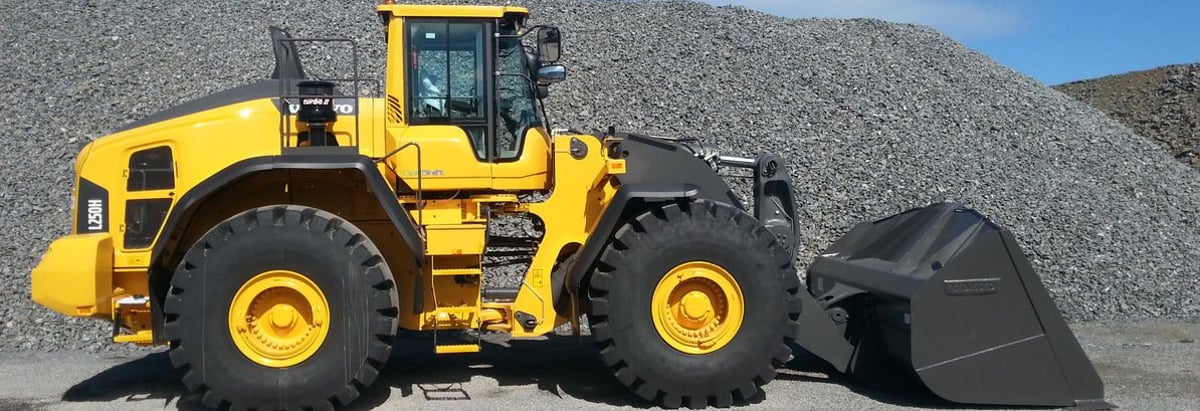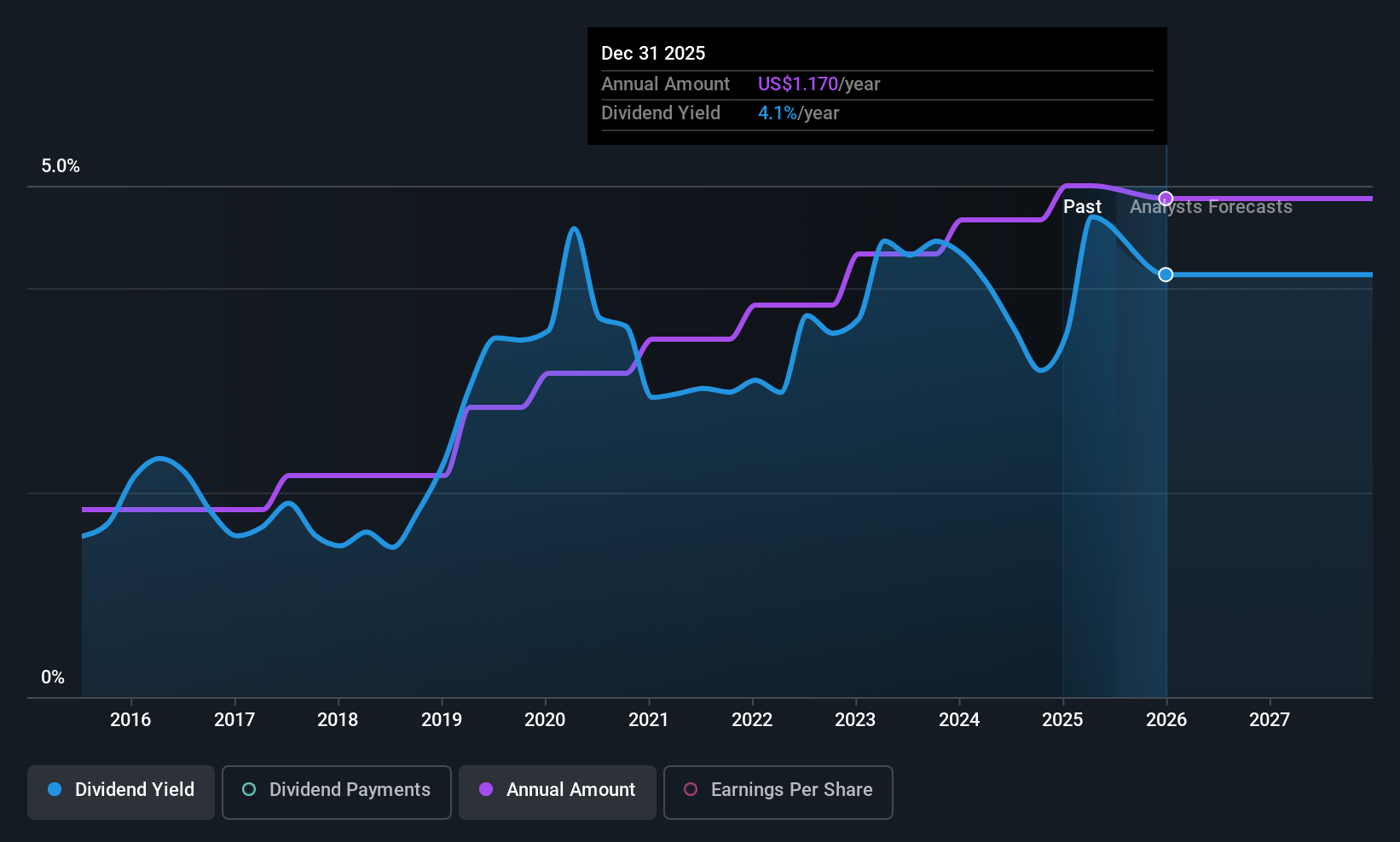- United States
- /
- Machinery
- /
- NYSE:TRN
Three Days Left To Buy Trinity Industries, Inc. (NYSE:TRN) Before The Ex-Dividend Date

Some investors rely on dividends for growing their wealth, and if you're one of those dividend sleuths, you might be intrigued to know that Trinity Industries, Inc. (NYSE:TRN) is about to go ex-dividend in just 3 days. Typically, the ex-dividend date is one business day before the record date, which is the date on which a company determines the shareholders eligible to receive a dividend. The ex-dividend date is important because any transaction on a stock needs to have been settled before the record date in order to be eligible for a dividend. In other words, investors can purchase Trinity Industries' shares before the 15th of July in order to be eligible for the dividend, which will be paid on the 31st of July.
The company's next dividend payment will be US$0.30 per share. Last year, in total, the company distributed US$1.20 to shareholders. Based on the last year's worth of payments, Trinity Industries stock has a trailing yield of around 4.2% on the current share price of US$28.32. Dividends are an important source of income to many shareholders, but the health of the business is crucial to maintaining those dividends. We need to see whether the dividend is covered by earnings and if it's growing.
Dividends are usually paid out of company profits, so if a company pays out more than it earned then its dividend is usually at greater risk of being cut. Trinity Industries paid out 64% of its earnings to investors last year, a normal payout level for most businesses. Yet cash flow is typically more important than profit for assessing dividend sustainability, so we should always check if the company generated enough cash to afford its dividend. Over the last year, it paid out dividends equivalent to 378% of what it generated in free cash flow, a disturbingly high percentage. It's pretty hard to pay out more than you earn, so we wonder how Trinity Industries intends to continue funding this dividend, or if it could be forced to cut the payment.
Trinity Industries paid out less in dividends than it reported in profits, but unfortunately it didn't generate enough cash to cover the dividend. Were this to happen repeatedly, this would be a risk to Trinity Industries's ability to maintain its dividend.
Check out our latest analysis for Trinity Industries
Click here to see the company's payout ratio, plus analyst estimates of its future dividends.

Have Earnings And Dividends Been Growing?
Companies with consistently growing earnings per share generally make the best dividend stocks, as they usually find it easier to grow dividends per share. Investors love dividends, so if earnings fall and the dividend is reduced, expect a stock to be sold off heavily at the same time. For this reason, we're glad to see Trinity Industries's earnings per share have risen 13% per annum over the last five years. Earnings have been growing at a decent rate, but we're concerned dividend payments consumed most of the company's cash flow over the past year.
Many investors will assess a company's dividend performance by evaluating how much the dividend payments have changed over time. Trinity Industries has delivered 12% dividend growth per year on average over the past 10 years. Both per-share earnings and dividends have both been growing rapidly in recent times, which is great to see.
To Sum It Up
Is Trinity Industries worth buying for its dividend? The best dividend stocks typically boast a long history of growing earnings per share (EPS) via a combination of earnings growth and buybacks. So, you might think that Trinity Industries buying back stock, growing its EPS, and retaining profits within its business is a good combination. However, we note with some concern that it paid out 378% of its free cash flow last year, which is uncomfortably high and makes us wonder why the company chose to spend even more cash on buybacks. While it does have some good things going for it, we're a bit ambivalent and it would take more to convince us of Trinity Industries's dividend merits.
However if you're still interested in Trinity Industries as a potential investment, you should definitely consider some of the risks involved with Trinity Industries. To help with this, we've discovered 4 warning signs for Trinity Industries (2 make us uncomfortable!) that you ought to be aware of before buying the shares.
A common investing mistake is buying the first interesting stock you see. Here you can find a full list of high-yield dividend stocks.
Valuation is complex, but we're here to simplify it.
Discover if Trinity Industries might be undervalued or overvalued with our detailed analysis, featuring fair value estimates, potential risks, dividends, insider trades, and its financial condition.
Access Free AnalysisHave feedback on this article? Concerned about the content? Get in touch with us directly. Alternatively, email editorial-team (at) simplywallst.com.
This article by Simply Wall St is general in nature. We provide commentary based on historical data and analyst forecasts only using an unbiased methodology and our articles are not intended to be financial advice. It does not constitute a recommendation to buy or sell any stock, and does not take account of your objectives, or your financial situation. We aim to bring you long-term focused analysis driven by fundamental data. Note that our analysis may not factor in the latest price-sensitive company announcements or qualitative material. Simply Wall St has no position in any stocks mentioned.
About NYSE:TRN
Trinity Industries
Provides railcar products and services under the TrinityRail trade name in North America.
Average dividend payer slight.
Similar Companies
Market Insights
Community Narratives



